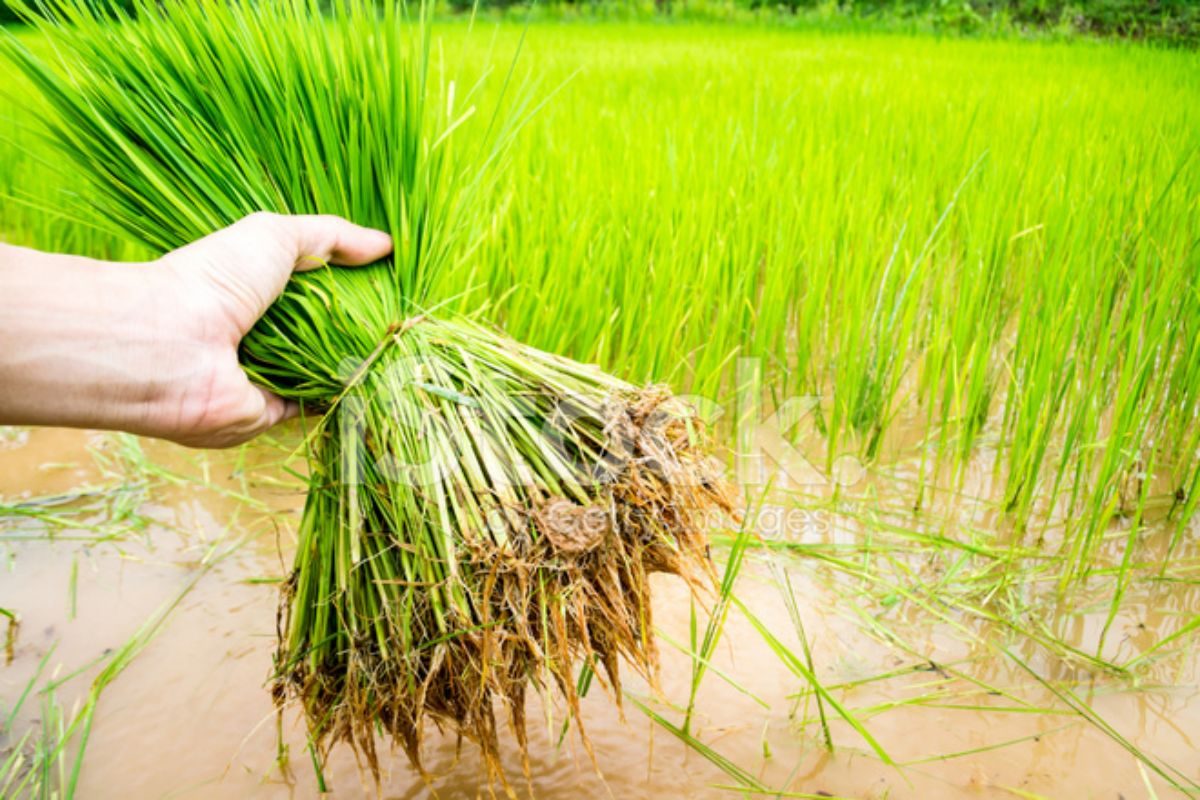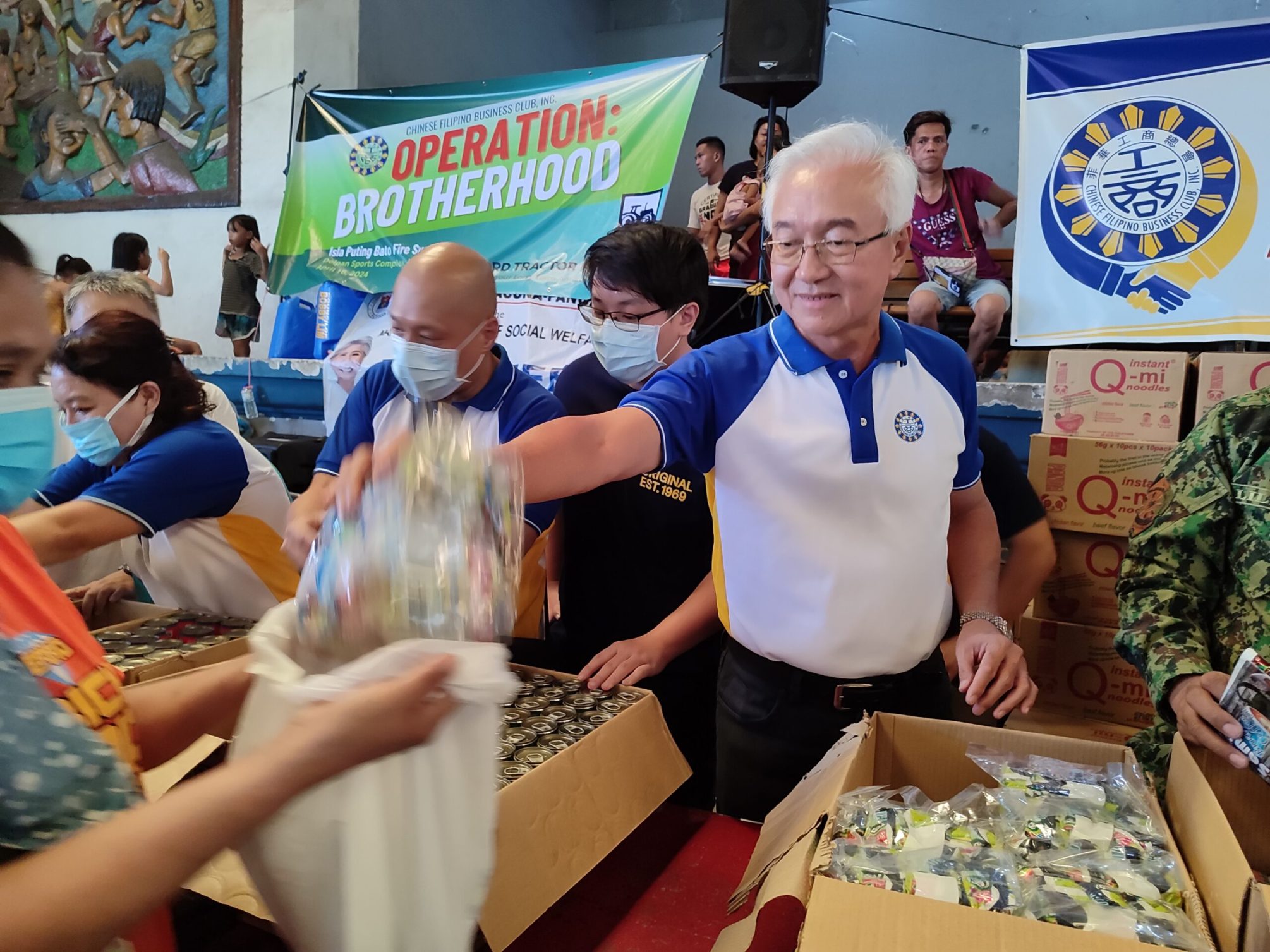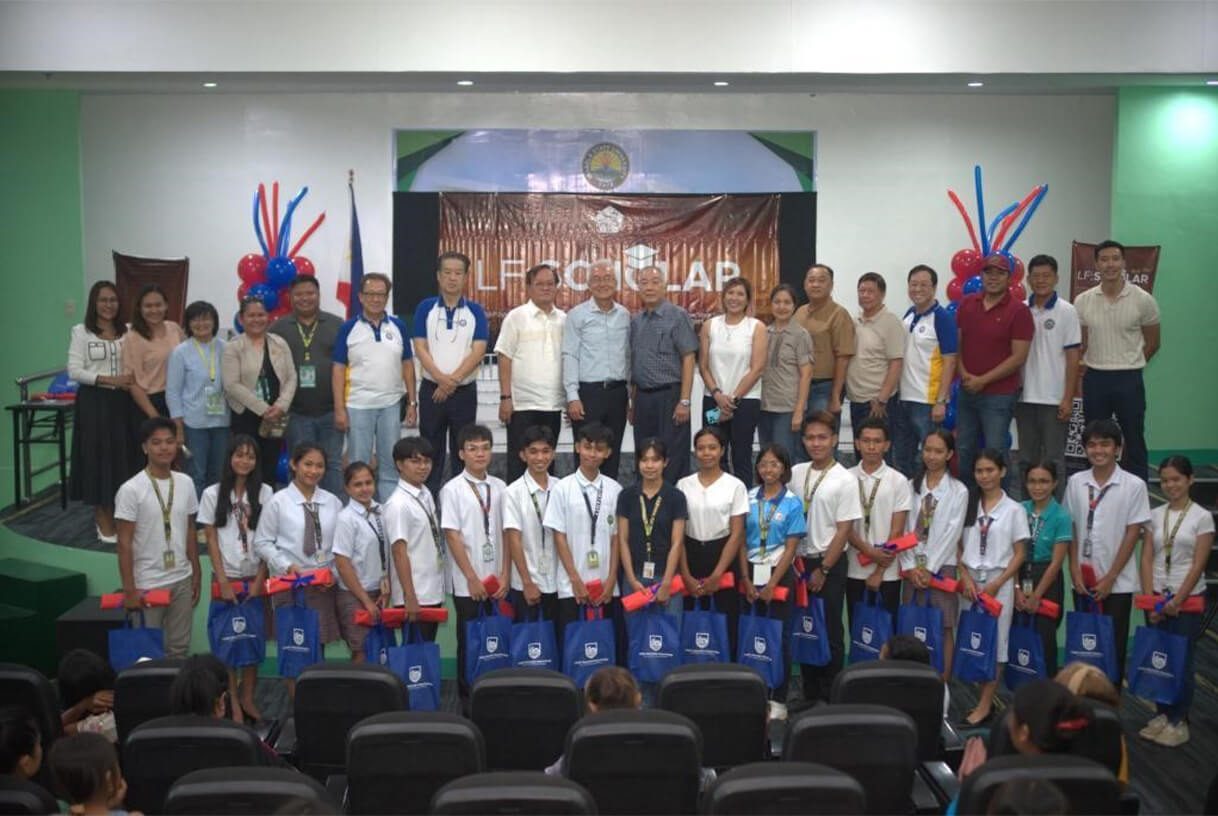How do you prepare rice seedlings for transplanting?
- Seed germination
- Choosing a nursery site
- Preparing the soil
- Managing water and weeds
- Transplanting the seedlings
Rice can be transplanted in two ways: manually or through the use of a rice transplanter. The second method is less labor-intensive, quicker, and more precise when it comes to placement. But before the rice seedlings can be transplanted to the field, they must first be raised in a nursery. Below is a guide on preparing rice seedlings for transplanting. Continue reading on!
Seed Germination
Germination is the process that leads to the sprouting of the rice seedlings after soaking and incubation. By soaking the seeds in water, they can absorb the moisture needed to start the process of germination. This is usually done in a tight cloth or jute bag for a period of time.
On the other hand, the process of incubation involves getting the seeds out of the water, placing them in a well-ventilated place, and exposing them to warm temperatures (30° C). This is also done for a certain period of time until the seeds finally germinate.
Choosing A Nursery Site
The nursery will serve as the place where the rice seedlings will grow until they’re developed enough for transplanting. Choosing a nursery site is crucial because this will affect the growth, development, and health of rice seedlings.
It is recommended to choose a nursery site with ample exposure to sunlight. Growing the seedlings in the shade will affect their health. The site chosen is often close to the rice fields and a water source. Aside from that, make sure that the area is safe from pests that might compromise the condition of the seedlings.
Preparing The Soil
The nursery site is prepared with extra care to produce healthy and strong rice seedlings. Normally, the process of preparation is similar to preparing the rice field. The ground is tilled to loosen the soil and remove weeds. The overall condition of the field should be moist and fertile. The soil is often prepared a month before sowing the seeds.
There are various nursery systems used by farmers:
- Dry-Bed involves preparing the nursery in dry soil. To do this, the area should have access to water irrigation.
- Wet-Bed method is used in fields where there is enough water supply. The seeds are planted on puddled and leveled soil. Drainage canals are also made for water removal.
- Dapog is also known as the mat method and often requires less labor. This method is suitable for growing short-duration varieties.
- Modified Mat Nursery requires less land, seeds, fertilizer, and water.
For mechanical transplanters, the rice seedlings are prepared in trays or seedling boxes. The seedlings can also be grown in larger areas and cut into mats of seedlings before being placed into the built-in trays of a rice transplanter.
Managing Water And Weeds
The water in the nursery should be just enough for the growth and development of the seeds. While the nursery should not be allowed to dry out, there should also be no excess water, as this can lead to weak seedlings or flooding.
Other than that, weeds should also be controlled as they impede irrigation water flow and pesticide application, and also decrease yields. To control the weeds in the rice seedling nursery, the soil used should be clean and free of weed seeds. If weed seedlings emerge, they should be separated during pulling.
Transplanting The Seedlings
The rice seedlings are ready to be transplanted at 15 to 21 days old for the dry-bed, wet-bed, and modified mat nursery methods. But the Dapog nursery method is suitable for short-duration varieties, so the seedlings can be transplanted at 9 to 14 years old.
Extra care should be taken when pulling the rice seedlings out from the seedbed to prevent damaging the roots, as this can lead to decreased yields. To avoid damaging the rice seedlings, they should be held close to the root. Two to three rice seedlings should fit in between the thumb and the index finger, and pressure should be exerted downwards before slowly being pulled.
Key Takeaway
Extra care should be given when preparing rice seedlings for transplanting, as the quality of the seedlings will affect your yields. Farmers use various rice transplanting methods, and this will depend on the land, water, labor, and sunlight available to the farm. Agricultural machinery, such as rice transplanter, is also considered.
If you want to harvest high-quality rice, you should consider using a rice transplanter. This agricultural machinery can reduce the labor needed for transplanting. Not only that, but it can also ensure a timely planting because you can handle more land in less time. The rice seedlings are transplanted with uniform spacing, increasing the yield significantly.
Fortunately, we have rice transplanted and other farm equipment in the Philippines available here at Ford Tractor Philippines. Send us a message to learn more!










